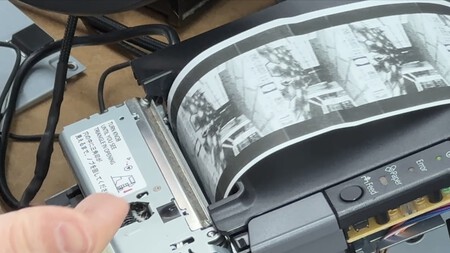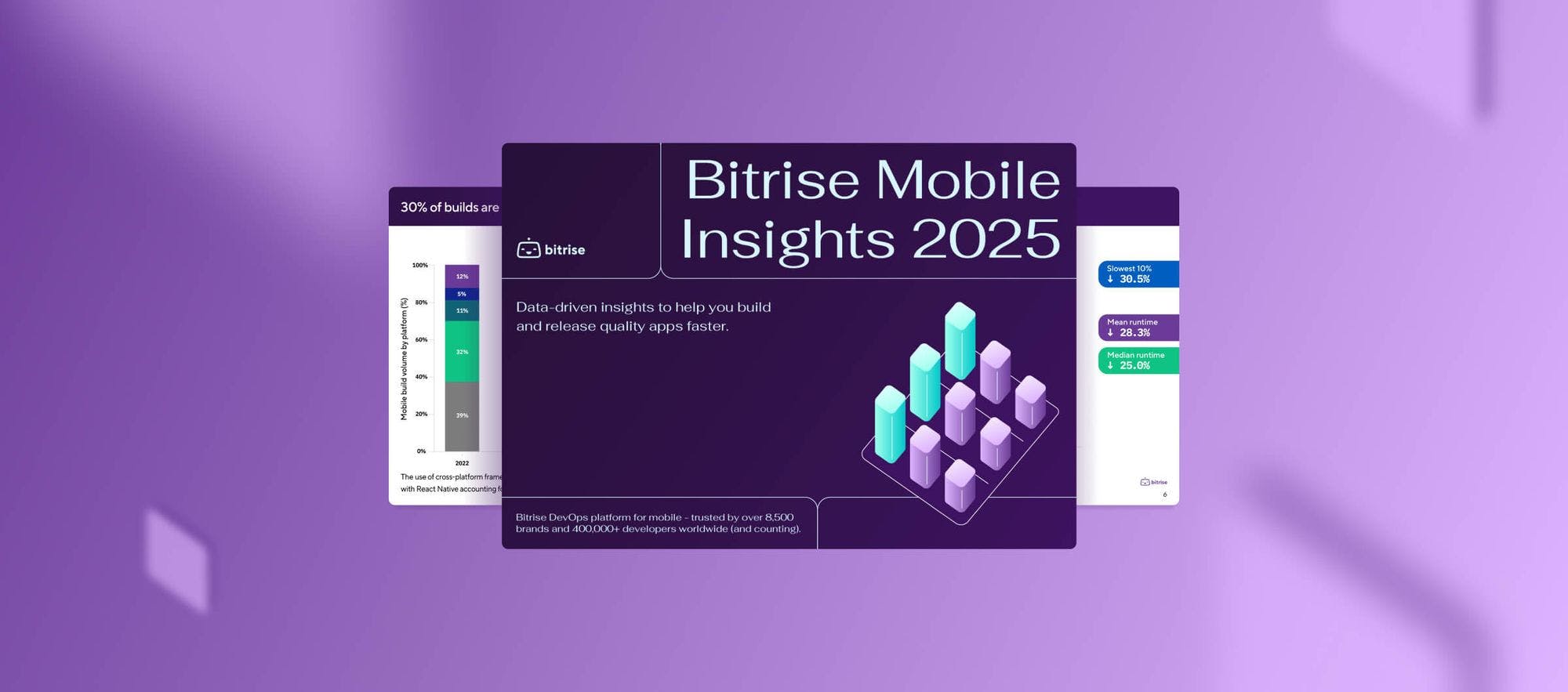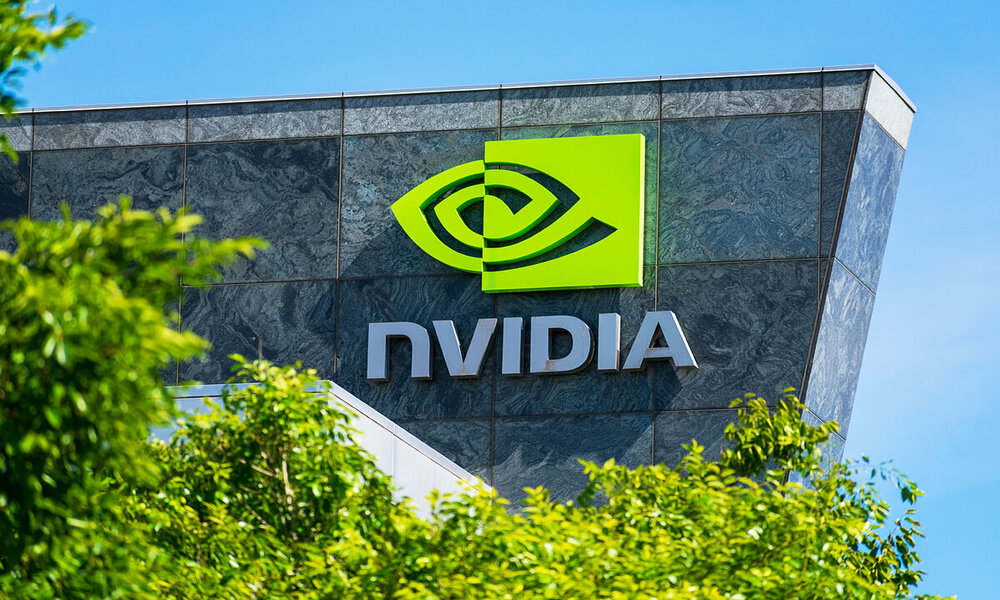We’d seen ‘Doom’ run on almost every device imaginable: from a Texas Instruments calculator to a modified pregnancy test to the Touch Bar of a MacBook. The community has been proving for years that if something has a screen and some kind of processor, someone will try to run Doom. We thought the bar couldn’t be raised any higher, until someone decided to do it in an unexpected place even for this challenge: a ticket printer.
Beyond the technical, this challenge has something almost philosophical: it is not about seeing if ‘Doom’ works, because we know that the game can run on very limited hardware. The question is whether we can do it on devices that, in theory, were not designed for that. Closed devices, with a very specific function, that suddenly become small gaming platforms. This transformation of the everyday into something unexpected is what keeps alive the question “what if you can also execute it?”
A printer with the soul of a computer. The device chosen by the Bringus Studios channel is not a conventional ticket printer. It is a solution created for small businesses, capable of printing receipts and running typical point-of-sale terminal applications from the same computer. That integration explains why it includes an embedded operating system, USB ports, its own connectivity and even an original Windows 7 Pro Embedded sticker. For those who used it back in the day, it was simply a point of sale terminal. For those who find it today, it is much more than that.

When the creator decides to open the machine, the exterior appearance gives way to a metal structure more typical of an industrial computer than a receipt printer. Under the cover appear screws, SATA cables, internal USB ports, a motherboard and even a small integrated speaker. There are hardly any concessions to the design, everything is ready to function for hours in a commercial environment. Instead of a peripheral accessory, what you find is a complete computer, hidden under a functional and robust chassis.


Play Doom on a paper screen. Once it was discovered that the machine could behave like a complete computer, the next step was inevitable: running ‘Doom’. The content creator turned to software rendering, adjusted the brightness and contrast to suit thermal printing, and turned the paper into the game’s visual output. Each frame was printed as a monochrome image, creating a sort of roll-up screen at its feet. The result was neither comfortable nor efficient, but it was extraordinarily ingenious.
Too hot for a normal game. The system was capable of printing ‘Doom’, but was not prepared to do so for minutes at a time. Many scenes generated a lot of black, causing the thermal head to get hotter than intended. There came a point where the printer would pause printing or output messy and unintelligible sequences. The author used an external fan to prolong the session, while the paper piled up on the floor and the behavior of the game became so unpredictable that one almost had to play by pure intuition.
The experiment did not end with Doom. When testing ‘Half-Life,’ the result was different: the game’s visual style seemed to fit better on thermal paper and produced clearer images. The author began to print scenes that did allow hallways, doors or characters to be distinguished with a certain clarity, to the point of wanting to save them. He even replicated one of the classic moments of the game, the microwave in the laboratory, and confirmed on paper that the pot ended up exploding. Despite the lag of several seconds between what was happening in the game and what appeared on paper, the scenes were still legible enough that I wanted to keep them. It was no longer just playing, it was documenting it.

What started as a simple printer ended up being a reminder of why this challenge continues to fascinate so many people. It doesn’t matter if the result is impractical, illegible or full of paper: the important thing is that it worked. The game was run, the printer printed the images and it was demonstrated that even a routine device, designed to work silently behind a counter, can end up becoming an experiment worth telling.
Images | Bringus Studios
In WorldOfSoftware | The Internet has been filled with videos with the new trailer for ‘GTA VI’. The only problem is they have all been made with AI












